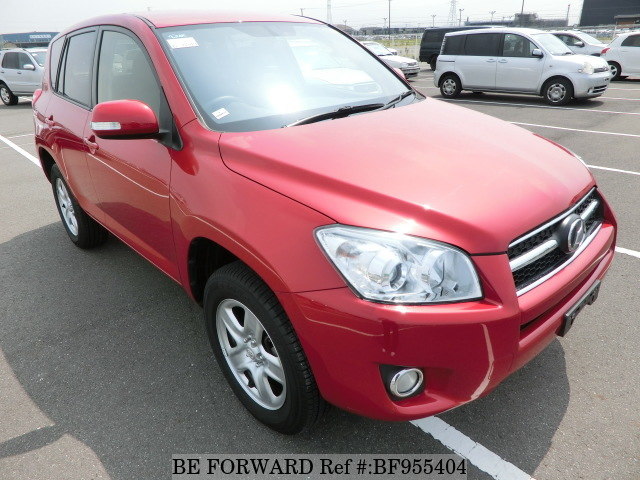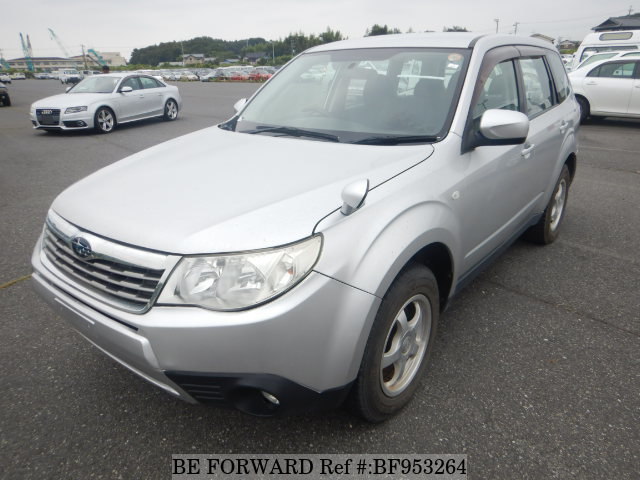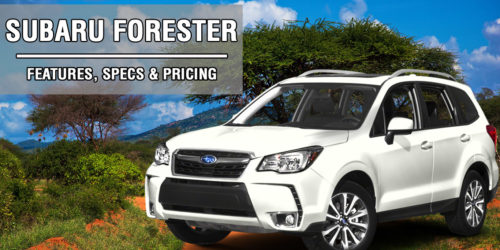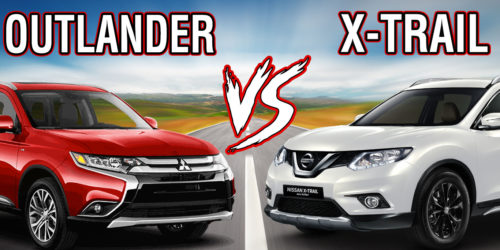Toyota RAV4 vs Subaru Forester SUV Comparison
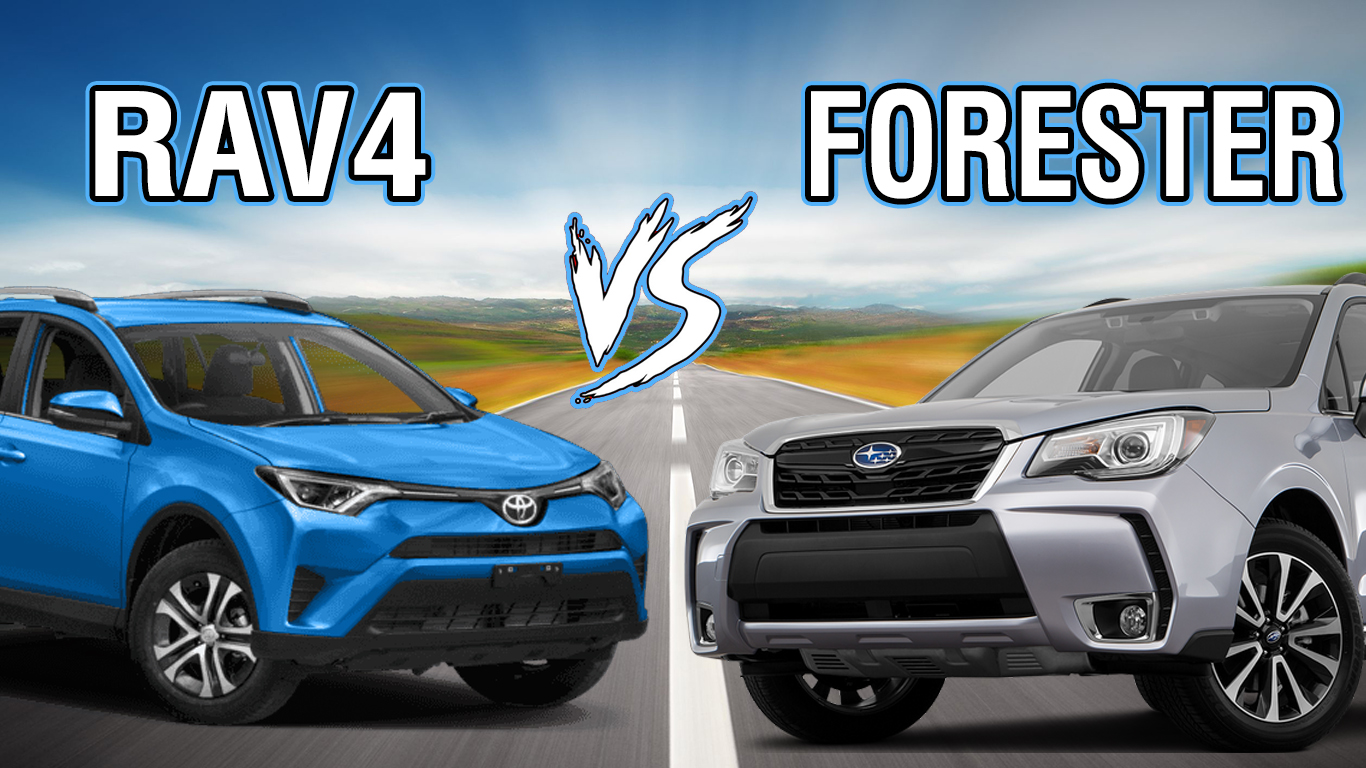
If you are on the lookout for a car that handles well but still manages to give you an ample rush of adrenaline, the compact SUV is probably the best way to go. Toyota and Subaru have some offerings in this area that do a pretty good job.
RAV4
Forester
The RAV4 from Toyota and Subaru’s Forester are hailed as good, all-around cars, with each offering something different. Taken as a whole, however, each car manages to make a statement that will not be forgotten any time soon by the driver.
Let’s compare this pair of compact sport-utility vehicles and see which one you prefer. It’s the battle of the small but tenacious SUVs; RAV4 vs Forester.
Subaru Forester vs Toyota RAV4 Exterior
Both the Japanese car makers decided to go for a slightly muted, but still pronounced rugged look on these vehicles. However, there are plenty of aesthetic differences that set these two popular SUVs apart from one another. Let’s take a look at the exterior style features for the Forester and RAV4.
Subaru Forester Exterior Features
The Forester goes for a sporty look with the addition of a hood scope on the XT trim. This not only aids the engine’s air intake, but also greatly accentuates the sporty aesthetic of the car.
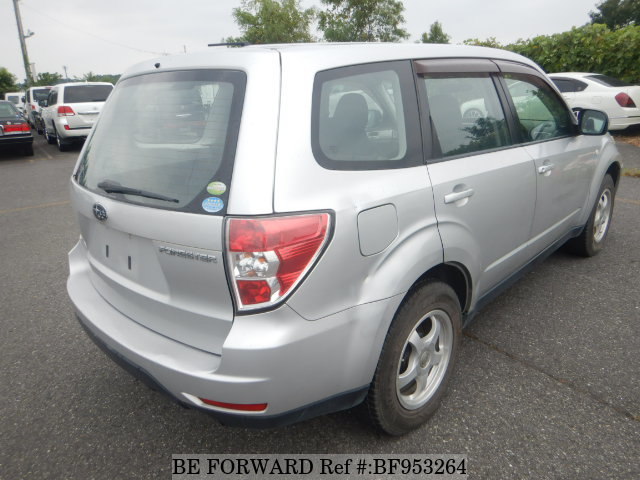
This aesthetic is further underscored by the redesign of the wheel arches. These bulge out more and have a sleek line running off the top and into the bodywork. This sporty design language is not so subtle.
Toyota RAV4 Exterior Features
On the other hand, the RAV4 does not show off many of the hard edges that its compatriot does. That is not to say, however, that it is not sporty. It is and then some.
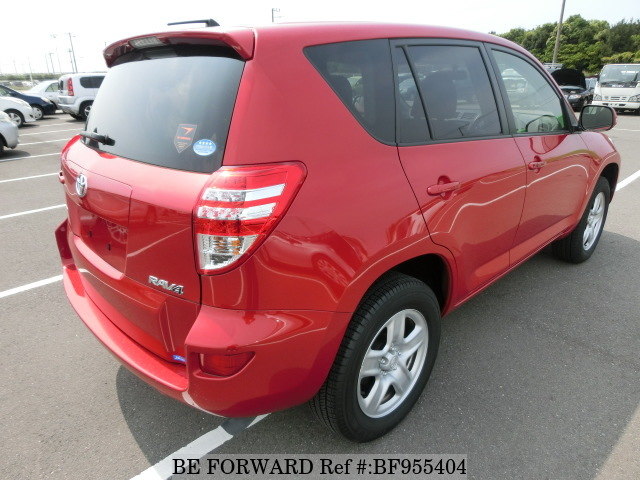
The design is far from bland and it too does have a hood scope if you want one. The rails on the slanting roof give the impression that this crossover utility vehicle is very ready to leave the city behind and head out into the country side.
How Do the RAV4 and Forester Compare in the Interior?
In the Forester vs RAV4 battle for the interior, there are no losers. The design teams of both these compact SUVs clocked plenty of man-hours. How do we know this? The class-leading interior styling and attention to detail come to mind.
Toyota RAV4 Interior Features
Though the RAV4 is the smallest of the crossover SUVs from Toyota, it beats many when it comes to rear row legroom. It offers 32.6 inches of legroom in the rear and 42.4 inches at the front for the driver and the front passenger.
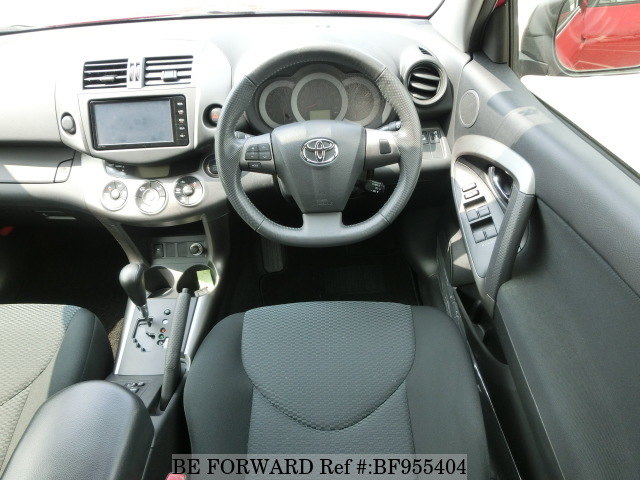
The seats, covered in stitched high-quality cloth upholstery, are comfortable enough for a lengthy journey. The ones in the rear row can be split 60/40 and moved forward in order to create more cargo space. Speaking of, the RAV4 offers 29.2 cubic feet of storage, which become 68.3 cubic feet when the seats fold.
Facing the driver is a neatly presented dashboard and instrument panel. The knobs and buttons are simple and within easy reach of the driver. The infotainment is a six-speaker stereo with CD/MP3 player with an audio jack.
Subaru Forester Interior Features
In the Forester, front seat space and comfort take center stage. The sport style seats are comfortable. They are also set up in a way that there is plenty of legroom at the front (43.6 inches), marginally edging out the RAV4.
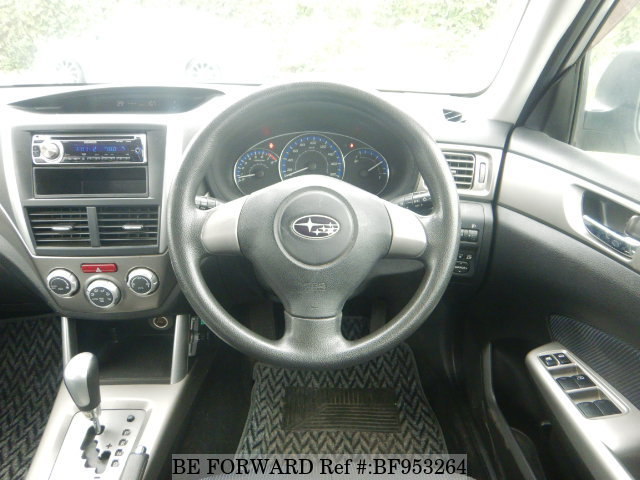
The Forester has storage space measuring out to 30.7 cubic feet. When you fold the second row seat, this space grows to 68.6 cubic feet. The mood during the drive is lightened by a 4-speaker audio system with a single CD player. The more advanced trims, however, have subwoofers and 6-CD changers.
Subaru Forester vs RAV4 Under-the-Hood Comparison: Engine Specs and Fuel Efficiency
The engine bout of the Subaru Forester vs RAV4 sees these two tenacious compact sport utilities pit their powerhouses against each other. Let’s take a look under the hood and see what these two SUVs offer in terms of performance.
Subaru Forester Engine Performance and Fuel Efficiency
Subaru equips the Forester with two options for engines. Both are 2.0 liter and flat 4 cylinder chunks, although one of them is turbocharged. With regards to power, the ordinary naturally aspirated engine is able to make 123 brake horsepower. On the hand, the turbo charger gives the engine much more bite, giving it the ability to churn out 174 brake horsepower.
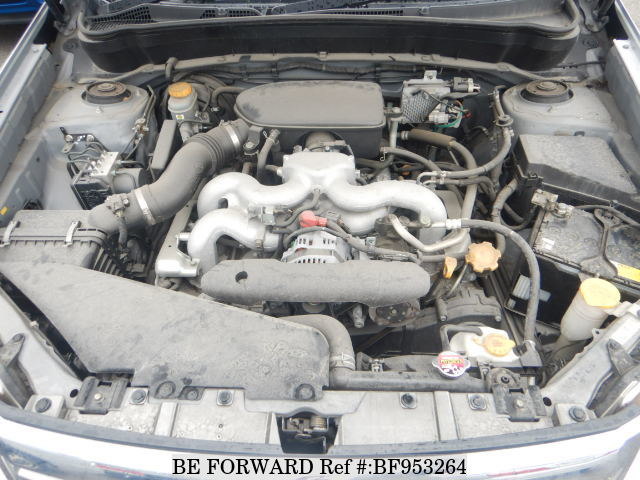
These engines work hand in hand with a 5-speed manual transmission to give you an immersive control of your driving experience. Add to that the all-wheel drive system and you’re in for a great ride. The average fuel consumption of this engine in the Forester comes down to about 8.4L/100km.
Toyota RAV4 Engine and Fuel Efficiency
The Subaru’s compatriot, the RAV4, works within in pretty much similar boundaries under the hood. The similarity is the fact that the RAV4 also has a 4-cylinder engine. The difference is that these cylinders are arranged in a direct overhead camshaft instead of the flat as in the Forester.
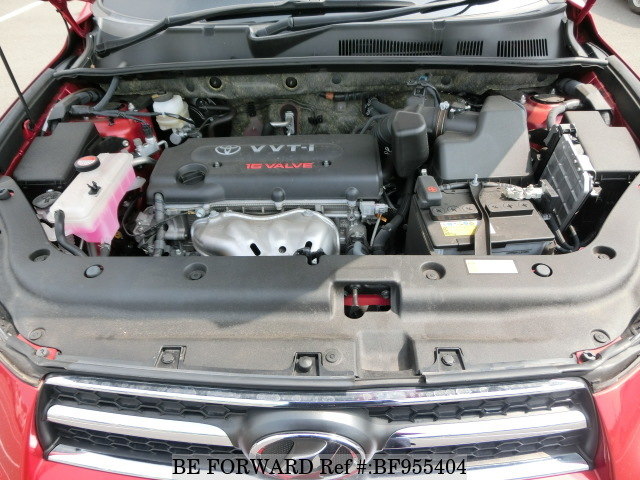
This 2.4-liter engine manages to eke out 166 brake horsepower. It is also mated to a 5 speed manual transmission. In the city, this engine will lead the RAV4 to cover 11.8L/100km whereas this distance increases to 9.4L/100km on the highway.
Final Verdict: Toyota RAV4 vs Subaru Forester
At the end of it all, both the Toyota RAV4 and Subaru Forester give good accounts of themselves in all areas.
The exterior aesthetics of these compact sport-utility vehicles are very comely, employing a gritty aspect to seal the look. The hood scope and roof rails that are available on the top end variants characterize this gritty and sporty aesthetic.
For a pair of small cars, they sure do provide plenty of space in the interior. The cabins of both the RAV4 and Forester are spacious, especially at the front, providing maximum comfort. There is also ample trunk space for the storage of cargo. The 60:40 rear row split in both cars emphasizes this point.
Under the hood, the manufacturers employ a bit of differing technologies despite having almost similar powerhouses. The end result, however, is not too polarized given the fact that the transmission is the same. Both cars also have 4-wheel drive which makes them suitable for those off-road excursions.
All in all, you cannot go wrong with the RAV4 or the Forester. These small cars hold their own in a class that was previously reserved for all powerful and large SUVs.
Search Used Toyota RAV4 Listings
Search Used Subaru Forester Listings

